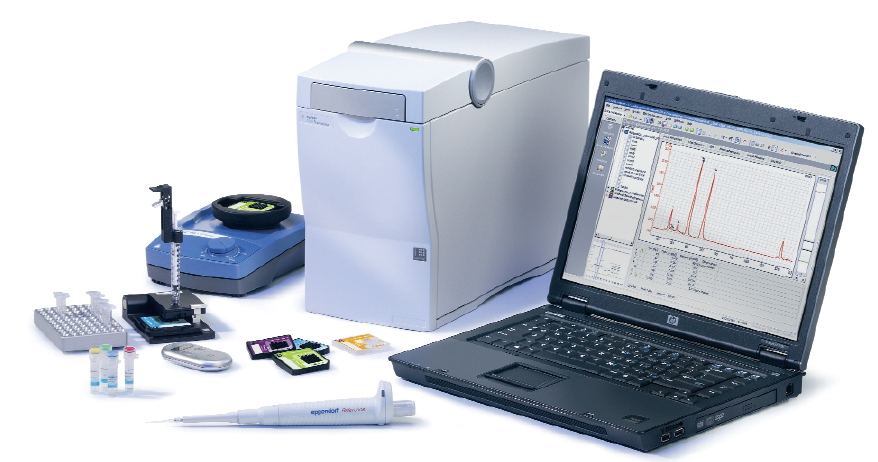 Tenders and Job Opportunities
Tenders and Job Opportunities Job calls
Job calls Scholarships and research fellowships
Scholarships and research fellowships Open Calls
Open Calls ENGLISH
ENGLISH Pages
Pages
Pages
Environmental Monitoring in Relation to the Connection of the Campania Islands to the National Power Network. Torre Annunziata – Capri Leg
Research Area
Environmental monitoring
Principal Investigator
Raffaella Casotti
Project Manager
Francesca Margiotta
Project Lifetime
Oct 2014 to Feb 2017
Funding Institutions
Terna Rete Italia SpA
Contribution to SZN
390 K€ euro
Link
La nuova rete dell’energia per l’Isola di Capri
Terna
The aim of the project is to monitor the marine environment possibly affected by the cable laying and the commissioning of the power line by 150 kV "New SE Capri - Torre A. Center" by the Italian Terna network, the national operator for electricity transmission. The construction of the power line will increase the safety and reliability of electricity supply to the island of Capri, with the objective of minimizing the risk of blackouts especially in summer. This work involves the construction of a 150 kV AC of a total length of 31 km (including 30 submarines and 1 on mainland) which will link the current station of Torre Annunziata with a new power station in Capri.
Environmental monitoring in the area affected by the laying of the cables is designed to control marine ecosystems, highlighting any possible situation of stress or environmental impact derived from the different phases of construction of the plant. In particular, the planned investigations concern:
1. Chemistry and physic of the water column;
2. Posidonia oceanica beds;
3. Hard bottom habitat (coralligenous);
4. Macrozoobenthos;
5. Chemical, physical and biological tests of sediments
6. Morphology and bathymetry of the seabed.
Monitoring operations will be conducted according to a precise timetable: i) white phase (pre-construction surveys), ii) phase of the execution of the works and iii) end of installation (about 24 months after the end of the work).
What we do
We are the partner in charge of the chemical analyses of the water column. In particular, we take care of sampling and subsequent analysis of nutrients (organic and inorganic ) , phytoplankton biomass ( chlorophyll a) and total suspended solids (TSS ).
Partners
CoNISMa (Consorzio Nazionale Interuniversitario per le Scienze del Mare), IAMC-CNR (Istituto per l’Ambiente Marino Costiero), CIBM (Centro Interuniversitario di Biologia Marina ed Ecologia Applicata “G. Bacci”).
Meet the team
Raffaella Casotti
Francesca Margiotta
Maria Saggiomo
Marco Cannavacciuolo
Augusto Passarelli
Violante Stefanino
Gianluca Zazo
Coastal Ecosystem Functioning in a changing Antarctic ocean (CEFA)
Research Area
Coastal Ecology
Principal Investigator
Raffaella Casotti
Project Managers
Maria Saggiomo – Francesca Margiotta
Project Lifetime
2015 – 2017
Funding Institutions
Progetto Nazionale di Ricerca in Antartide (PNRA)
Dedicated website
NO
Information on the trophodynamics of Antarctic coastal ecosystems (in particular the Ross Sea) is scarce, especially during the spanning period from spring to summer, when the peak of primary production occurs in the sea ice and open waters. To fill this knowledge gap, the present project is focused on the trophic dynamics of Terra Nova Bay (TNB), a site model for the study of the Ross Sea coastal ecosystems. The sympagic, pelagic and benthic trophodynamics at TNB will be analyzed in relation to the evolution of sea ice dynamics and the chemical and physical properties of the water masses by means of traditional and innovative (e.g. AUV, underwater acoustics) sampling/measurement techniques. In particular, we will analyze spatial-temporal variations of primary production, biomass and biodiversity of sympagic and pelagic algal communities, bacteria and zooplankton, pelagic-benthic coupling processes, biomass and biodiversity of benthic communities (including bacteria and meiofauna) and the degradation rates of suspended and sedimentary organic matter. The results will conceivably contribute to the knowledge of the current environmental status and the changes taking place in the Antarctic coastal ecosystems in the light of the ongoing climate change and in relation to the ocean-atmosphere exchange of CO2 and consequent ocean acidification.
The tasks of our O.U. provide results of biotic and abiotic analysis in the three different environmental context (sea-ice, sea-water and sediment) at different spatial and temporal scales. We will focus on:
1) specific composition of the microalgal communities with light microscopy, TEM and SEM analysis;
2) floristic analysis of microalgae found in the sediment traps and in faecal pellets of meso-zooplanctonic target organisms;
3) microalgae biodiversity in sea-ice and in the water column through molecular approaches;
4) photosynthetic parameters of pelagic and sympagic microalgae using modulated fluorescence techniques;
5) inorganic (NO3, NO2, NH4, PO4, Si (OH)4) and organic (DON and DOP) nutrients levels in sea-ice and in the water column with colorimetric methods;
Partners
Università di Messina
Università Politecnica delle Marche (UNIPM)
Università di Napoli Federico II (UNINA)
Università degli Studi di Genova (UNIGE)
Università degli Studi di Napoli ‘Parthenope’
CNR IAMC - Istituto per l’Ambiente Marino Costiero
Istituto Superiore della Sanità
Publications
Rivaro P., Ianni C., Langone L., Ori C., Aulicino G., Cotroneo Y., Saggiomo M., Mangoni O. (accepted). Physical and biological forcing of mesoscale variability in the carbonate system of the Ross Sea (Antarctica) during summer 2014. Journal Marine System.
Rivaro P., Abelmoschi M.L., Grotti M., Ianni C., Magi E., Margiotta F., Massolo S., Saggiomo V. (2012). Combined effects of hydrographic structure and iron and copper availability on the phytoplankton growth in Terra Nova Bay Polynya (Ross Sea, Antarctica). Deep-Sea Research Part I – Oceanographic Research Papers, 6297-110, ISSN: 0967-0637, doi: 10.1016/j.dsr.2011.12.008
Mangoni O., Saggiomo M., Modigh M., Catalano G., Zingone A. and Saggiomo V. (2009). The role of platelet ice microalgae in seeding phytoplankton blooms in Terra Nova Bay (Ross Sea, Antarctica): a mesocosm experiment. Polar Biology, 32 (3): 311-323.
Celussi M., Paoli A., Crevatin E., Bergamasco A., Margiotta F., Saggiomo V., Fonda Umani S., Del Negro P. (2009). Short-term under-ice variability of prokaryotic plankton communities in coastal Antarctic waters (Cape Hallett, Ross Sea). Estuarine and Coastal Shelf Science, vol. 81; p. 491-500, ISSN: 0272-7714, doi: 10.1016/j.ecss.2008.12.014
Saggiomo M., De Stefano M., Mangoni O., Saggiomo V., Sarno D., Zingone A. (2006). Sympagic diatom in the annual pack ice of Terra Nova Bay, Ross Sea, Antarctica. PSA Abstracts Journal of Phycology, 42 (s1): 32
Meet the team
Raffaella Casotti
Maria Saggiomo
Francesca Margiotta
Augusto Passarelli
Fabio Conversano
Violante Stefanino
Gianluca Zazo
Marco Cannavacciuolo
Hydraulic reclamation of Miseno lake and reopening, settlement and protection of the mouth of the Fusaro lake
Project "Environmental rehabilitation and improvement of the campi Flegrei lakes"
Research Area
Environmental monitoring
Principal Investigators
Vincenzo Saggiomo and Adriana Zingone
Project Manager
Maria Saggiomo
Project Lifetime
2015 – 2016
Funding Institutions
Comune di Bacoli
Contribution to SZN
€160.000,00
Dedicated website
NO
The project involves, for the Fusaro lake, the restoration of the functionality of the existing connecting mouth between the lake and the sea, in order to regularize the necessary water exchange, thus resulting in a more voluminous hydrodynamic circulation that allows the normalization of mechanisms of environmental recovery of the natural lake habitat.
For the Miseno lake, the project includes the restoration of the functionality of the reclamation systems of the Miseno lake banks by removing the materials which have accumulated. The aim is to improve the exchange of water thatis essential to ensure the balance of the ecosystem sea-lake through the removal and disposal of sandy materials transported by waves and accumulated both in the mouths riverbed and in the areas in front of the outlets into the sea.
For the realization of the project, a scientific and technical activity plan is expected , to be carried out both during preliminary work and at the completion of the work, essentially consisting of:
• the morphological characterizations of the two lagoons, Fusaro and Miseno, which will be carried out to assess the level of morphological changes in the two lagoons as a result of missed hydrographic maintenance, spills from the surrounding area, removal of sediment, etc .;
• the preparation of a characterization plan and participation in technical meetings with the Control Board (ARPAC);
• sampling and chemical, physical, microbiological and ecotoxicological characterization of sediment of the estuary and lake areas, the proposal for the fate of sediment to be submitted to the supervisory and monitoring boards during dredging;
• environmental monitoring for the assessment of the effects of the reopening of the mouths on the hydrological dynamics of the lagoons and assessment of possible changes in the trophic status.
The tasks of MEDA include the environmental monitoring for the assessment of the effects of the reopening of the mouths on the hydrological dynamics of the lagoons and assessment of possible change in the trophic status.
In particular, the MEDA will carry out:
1) continuous measurements of salinity and temperature surface of the entire lake by means of thermo-salinograph, interfaced with a positioning system (GPS);
2) vertical profiles (from the surface to the bottom) of salinity, temperature, dissolved oxygen, pH, fluorescence and transmittance using a multiparameter probe;
3) chemotaxonomical analysis of phytoplankton communities by analysis of diagnostic pigments determined by the high-performance liquid chromatography (HPLC) techniques, which allows to identify the main functional groups of phytoplankton communities.
4) analyses of inorganic nutrients (NO3, NO2, NH4, PO4, Si(OH)4), and total Nitrogen and Phosphorus (TN and TP) with colorimetric methods;
5) Particulate Organic Carbon (POC) and Particulate Nitrogen (PN) with the gas-chromatographic techniques
Partners
ARPAC
Università di Napoli Federico II (UNINA)
Meet the team
Vincenzo Saggiomo
Adriana Zingone
Maria Saggiomo
Fabio Conversano
Francesca Margiotta
Marco Cannavacciuolo
Augusto Passarelli
Violante Stefanino
Gianluca Zazo
11th Advanced Phytoplankton Course - 4-24 October 2015
The Course was held at Stazione Zoologica Anton Dohrn, Naples, Italy, 4-24 October 2015.
The Course was organized by the Stazione Zoologica in cooperation with the Department of Biology, University of Copenhagen, Denmark, and the IOC Science and Communication Centre on Harmful Algae.
The aim of APC 11 is to increase and update the expertise of the students in the taxonomy and specific identification of diatoms, dinoflagellates, coccolithophores and other phytoflagellates, with emphasis on light microscopy and integrating molecular data, electron microscopy and new approaches to the study of microalgae.
Projects
Coastal Ecosystem Functioning in a changing Antarctic ocean (CEFA)
Environmental Monitoring in Relation to the Connection of the Campania Islands to the National Power Network. Torre Annunziata – Capri Leg
Hydraulic reclamation of Miseno lake and reopening, settlement and protection of the mouth of the Fusaro lake - Project "Environmental rehabilitation and improvement of the campi Flegrei lakes"
Instrumentation
UV-Visible spectophotometer Agilent 8453
 |
The instrument measures the light absorption of mixtures or UV - visible standards in order to obtain the exact concentration of the compound of interest |
SHIMADZU RF-5301PC spectrofluorometer
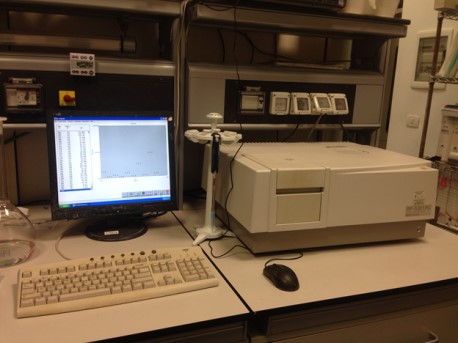 |
It is used for the quantitative and / or qualitative analysis of fluorescent substances. Taking advantage of the high sensitivity, it allows the quantitative determination of substances present in concentrations too low for spectrophotometric analyses |
HPLC Agilent 1100 series
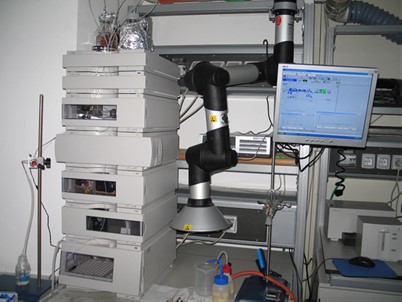 |
The HPLC is an analytical instrument utilized to separate and to purify the components of a sample mixture, to identify and to quantify each component |
Thermo Scientific FlashEA 1112 Elemental Analyzer
 |
The Thermo Scientific FlashEA 1112 analyzer delivers rapid and precise determinations of Nitrogen and Carbon on solids |
Flow Sys Systea Autoanalyzer
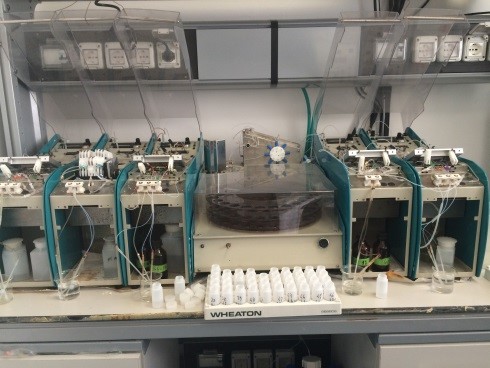 |
It allows the simultaneous analysis of nutrients (nitrate, nitrite, ammonia, phosphate and silicate). Moreover , analyses of total and dissolved organic Nitrogen and Phosphorus can be carried out |
PhytoPam Walz
 |
PHYTO-PAM can be used to assess the photosynthetic performance and light-adaptation status of different types of phytoplankton |
Remote Operating Vehicle - ROV POLLUX III
 |
The instrument is used for visual exploration of the seabed through a controlled cable edge which guides the underwater vehicle and can operate up to a maximum depth of 300m |
Independent Oceanographic Platform Remote Programmable and Operable- Wave Glider - SV3 074
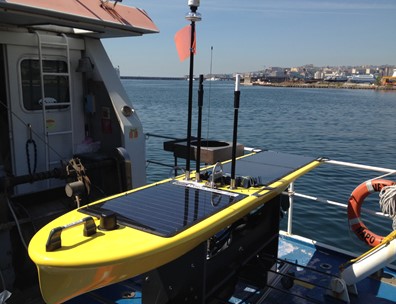 |
The instrument is an oceanographic platform with a self-motive, autonomous and programmable detection operable remotely. It is equipped with oceanographic and meteorological sensors |
VMP 250 (TurboVMP) Vertical Turbulence Profiler
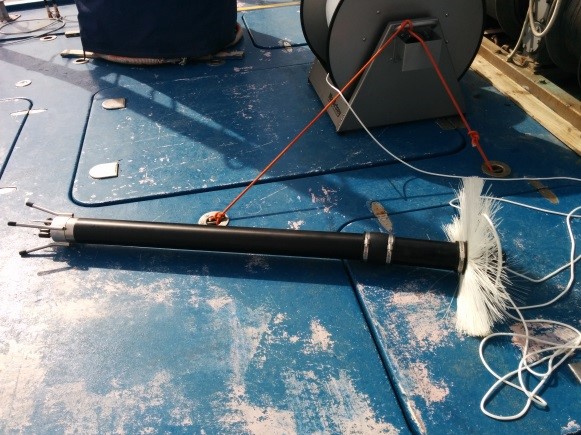 |
It is a versatile profiler for the measurement of micro-scale turbulence |
Services
Analyses of environmental and biological variables |
|
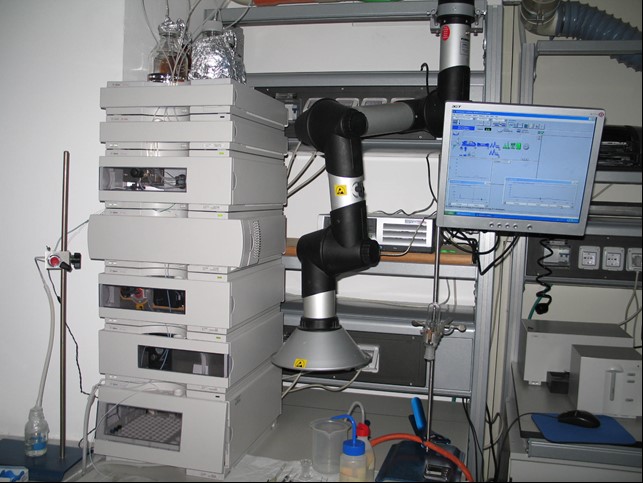 |
Data processing of the automatic profilers, chemical and instrumental analyses of the main environmental and biological variables |
Coastal monitoring of chemical, physical and biological parameters |
|
 |
Continuous monitoring system along the Gulf of Naples coast |
Coastal vessels management |
|
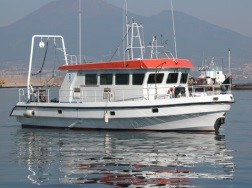 |
The MEDA unit manages two coastal vessels (M/B Vettoria and M/B Hippocampus), used for environmental monitoring, research and teaching. Moreover, it provides support for their use |
Hydrographic surveys and sampling |
|
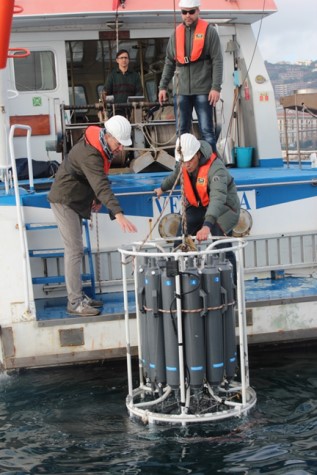 |
Continuous acquisition by means of multi-parametric probes and/or profilers. Collection and pre-treatment on board of samples for the main chemical and biological analyses |
Material collection and scuba diving |
|
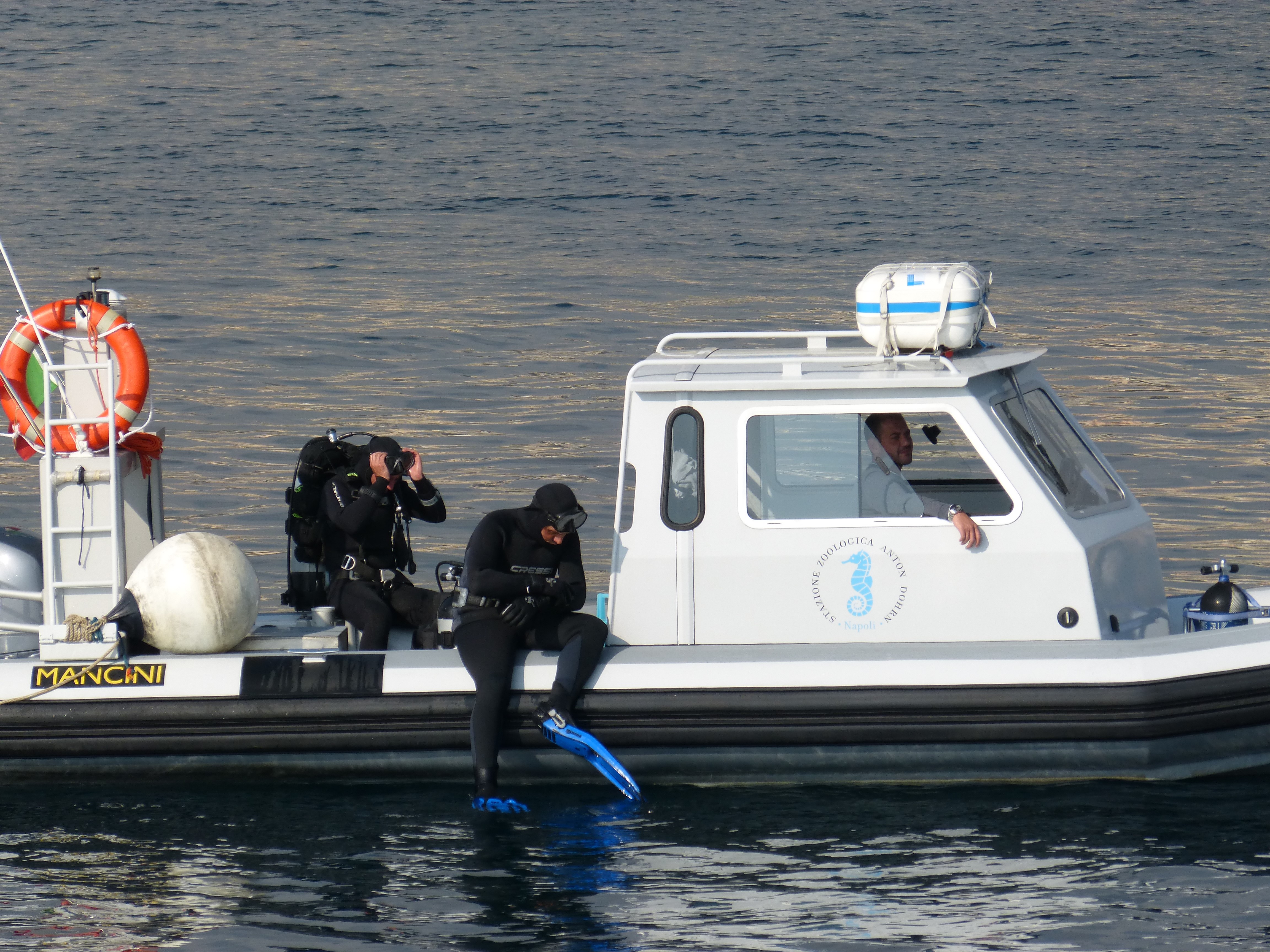 |
The unit deals with the collection of material to be used for both research and outreach activities Moreover, it carries out scuba diving activities |
Monitoring and environmental consulting |
|
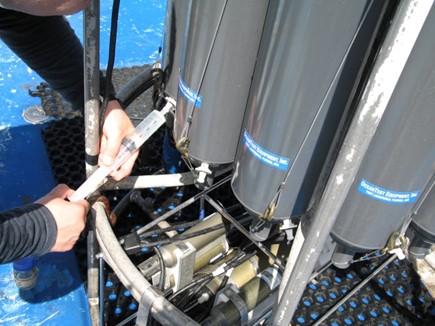 |
Sampling, environmental analysis, data elaboration and drafting of technical and scientific reports, in the context of different types of environmental monitoring commissioned by local and national institutions or private entities |
Instrumentation
Agilent Bioanalyzer 2100 – Agilent Technologies
|
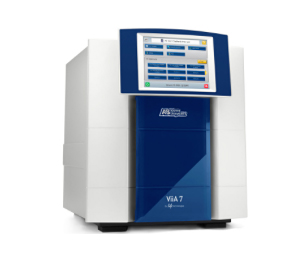 |
Applied Biosystems ViiA7 384 wells format - Life Technologies
|
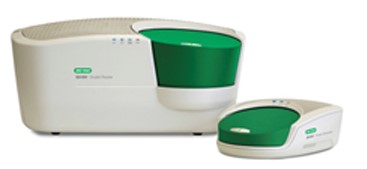 |
QX200 Droplet Digital PCR System. QX200 Droplet Reader (sx), QX200 Droplet Generator (dx) |
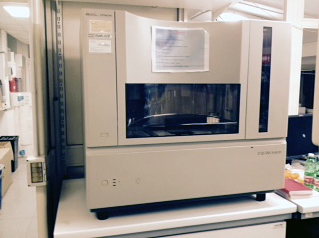 |
Applied Biosystems 3730 DNA Analyzer 48 capillaries - Life Technologies |
 |
HTS platform FREEDOM EVO 200 - TECAN
|
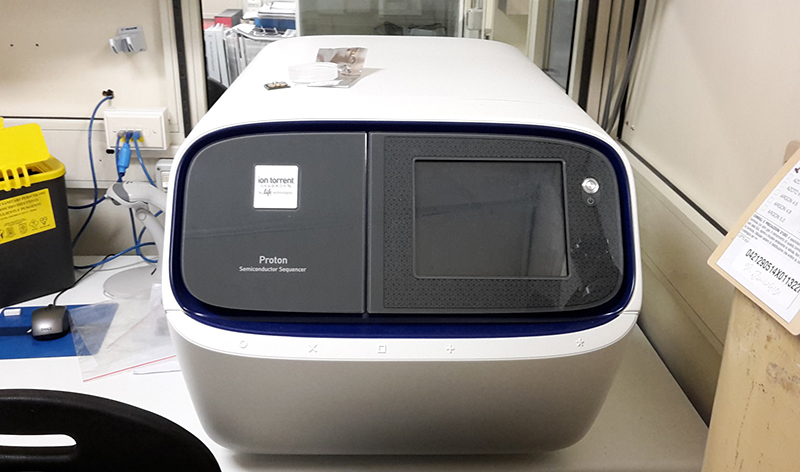 |
ION Proton semiconductor sequencer- Life Technologies
|
Services
Basic Services for Molecular Biology
Preparation and distribution of media and plates for bacteriology, of media for animal cell culture, of several products and reagents for Molecular Biology and ISH, of competent cells for bacterial transformation etc. Provisioning of synthetic oligonucleotides.
Qualitative control of nucleic acids
Qualitative and quantitative analysis of nucleic acids and definition of the reference standard for the QC of the RNA samples by microfluidic chip.
Real Time qPCR
Real Time qPCR mainly used for analysis of gene expression. Support to users includes assistance with experimental design, running of samples, and if requested, initial data analysis.
Droplet Digital PCR (in progress)
The ddPCR allows to:
Detect small amounts of target DNA molecules, with high sensitivity.
Determine the change in the number of genomic copies with high accuracy.
Measure gene expression levels with high precision.
Quantify NGS libraries.
DNA Sequencing service
Automated DNA sequencing by capillary electrophoresis essential for the study of nucleic acids from plasmids, PCR fragments , phage , etc.
Genotyping service
Used for genetic population studies by analysis of::
- Microsatelliti (single-locus).
- Snips, (single-locus).
- AFLP, (multi-locus).
Automation and High Throughput Screening (HTS) projects
Realization in automation, by Robotics (liquid handler), of a high-throughput projects for those research activities that require, in the short term, the analysis of a large number of samples.
Next Generation Sequencing service (NGS) (in progress)
Next generation sequencing (NGS) using "ION Proton" (Life Technologies) can produce data for transcriptomic studies, metagenomics, gene expression analysis, and targeted Resequencing.
Publications
2017
Matiddi M., Hochsheid S., Camedda A., Baini M., Cocumelli C, Serena F., Tomassetti P., Travaglini A., Marra S., Campani T., Scholl F., Mancusi C., Amato E., Briguglio P., Maffucci F., Fossi M.C., Bentivegna F., de Lucia G.A. (2017). Loggerhead sea turtles (Caretta caretta): A target species for monitoring litter ingested by marine organisms in the Mediterranean Sea. Environmental Pollution, 230: 199-209.
Santoro M., Di Nocera F., Iaccarino D., Lawton S. P., Cerrone A., Degli Uberti B., D'Amore M., Affuso A., Hochscheid S., Maffucci F., Galiero G. (2017) Pathology and molecular analysis of Hapalotrema mistroides (Digenea: Spirorchiidae) infecting a Mediterranean loggerhead turtle Caretta caretta. Diseases of Aquatic Organisms 124(2), 101-108.
2016
Kaara S., F. Maffucci, J. Imed, M.A. Bologna, M. Borra, E. Biffali, M.N. Bradai, S. Hochscheid (2016). Connectivity and stock composition of loggerhead turtles foraging on the North African continental shelf (central Mediterranean): implications for conservation and management. Marine Ecology 37, 1103-111., doi: 10.1111/maec.12375.
Maffucci F., R. Corrado, L. Palatella, M. Borra, S. Marullo, S. Hochscheid*, G. Lacorata, D. Iudicone (2016). Seasonal heterogeneity of ocean warming: a mortality sink for ectotherm colonizers. 2016. Scientific Reports, 6, 23983. doi:10.1038/srep23983.
Rees, A. F., Alfaro-Shigueto, J., Barata, P. C. R., Bjorndal, K. A., Bolten, A. B., Bourjea, J., Broderick, A. C., Campbell, L. M., Cardona, L. Carreras, C., Casale, P., Ceriani, S. A., Dutton, P. H., Eguchi, T., Formia, A., Fuentes, M. M. P. B., Fuller, W. J., Girondot, M., Godfrey, M. H., Hamann, M., Hart, K. M., Hays, G. C., Hochscheid, S., Kaska, Y., Jensen, M. P., Mangel, J. C., Mortimer, J. A., Naro-Maciel, E., Ng, C.K.Y., Nichols, W. J., Phillott, A. D., Reina, R. D., Revuelta, O., Schofield, G., Seminoff, J. A., Shanker, K., Tomás, J., van de Merwe, J. P., Van Houtan, K. S., Vander Zanden, H. B., Wallace, B. P., Wedemeyer-Strombel, K. R., Work, T. M. and Godley, B. J. (2016) Review: Are we working towards global research priorities for management and conservation of sea turtles? Endangered Species Research 31, 337–382.
2014
Casale P., Freggi D., Maffucci F., Hochscheid S. (2014) Adult sex ratios of loggerhead sea turtles (Caretta caretta) in two Mediterranean foraging grounds. Scientia Marina 78, 2: 303-309
Clusa M., Carreras C., Pascual M., Gaughran S., Piovano S., Fernández G. Levy y., Tomás J., Raga J.A., Maffucci F., Hochscheid S., Aguilar A., Cardona L. (2014) Fine-scale distribution of juvenile Atlantic and Mediterranean loggerhead turtles (Caretta caretta) in the Mediterranean Sea. Marine Biology 161: 509-519.
Hochscheid S. (2014) Why we mind sea turtles’ underwater business: A review on the study of diving behavior. Journal of Experimental Marine Biology and Ecology, 450, 118-136.
2013
Cheng I.-J., F. Bentivegna, S. Hochscheid (2013) The behavioural choices of green turtles nesting at two environmentally different islands in Taiwan. Journal of Experimental Marine Biology and Ecology, 440, 141-148.
Hochscheid S., A. Travaglini, F. Maffucci, G. C. Hays, F. Bentivegna (2013) Since turtles cannot talk: what beak movement sensors can tell us about the feeding ecology of neritic loggerhead turtles, Caretta caretta. Marine Ecology, 34(3), 257-379.
Maffucci F., D’Angelo I., Hochscheid S., Ciampa M., De Martino G., Travaglini A., Treglia G., Bentivegna F. (2013) Sex ratio of juvenile loggerhead turtles in the Mediterranean sea: is it really 1:1? Marine Biology 160, 5: 1097-1107.
Maffucci F., G. Annona, P. de Girolamo, M. A. Bologna, L. Meomartino, A. Montesano, F. Bentivegna, S. Hochscheid (2013) Bone density in the loggerhead turtle: functional implications for stage specific aquatic habits. Journal of Zoology, 291(4), 243-248.
Rossi L., P. Luschi, P. Casale, S. Hochscheid, V. Angelini, C. Vallini, G. Insacco (2013) MSFD Supporting document on the methodology and data used for the definition of marine distribution of Caretta caretta based on satellite telemetry data. ISPRA 2013.
Maffucci F., Oliverio M., Garofalo L., Gaspari S., Ciofi C., DeLucia A., Casale P. (2013) MSFD Supporting document on the methodology and data used for the analysis of the genetic structure of Caretta caretta individuals present in the Italian marine subregions (criterion 1.3). ISPRA.
2012
Saied A, Maffucci F, Hochscheid S, Dryag S, Swayeb B, Borra M, Ouerghi A, Procaccini G, Bentivegna F (2012) Loggerhead turtles nesting in Libya: an important management unit for the Mediterranean stock. Marine Ecology Progress Series 450:207-218.
Basile F, Di Santi A, Ferretti L, Bentivegna F, Pica A (2012) Hematology of the Mediterranean population of sea turtle (Caretta caretta): comparison of blood values in wild and captive, juvenile and adult animals. Comparative Clinical Pathology 21, 6: 1401-1406.
Chaieb O, Elouaer A, Maffucci F, Karaa S, Bradai MN, et al. (2012) Population structure and dispersal patterns of loggerhead sea turtles Caretta caretta in Tunisian coastal waters, central Mediterranean. Endangered Species Research 18: 35-45.
2011
Bentivegna F, Ciampa M, Hochscheid S (2011) The presence of the green turtle, Chelonia mydas, in Italian coastal waters during the last two decades. Marine Turtle Newsletter, 131, 41-46.
Bello G, Travaglini A, Bentivegna F (2011) Histioteuthis bonnellii (Cephalopoda: Histioteuthidae): a new prey item of the leatherback turtle Dermochelys coriacea (Reptilia: Dermochelidae). Marine Biology Research, 7: 314-316.
2010
Bentivegna F., Rasotto M.B., De Lucia G.A., Secci E., Massaro G., Panzera S., Caputo C., Carlino P., Treglia G., Hochscheid S. (2010) Loggerhead turtle (Caretta caretta) nests at high latitudes in Italy: a call for vigilance in the Western Mediterranean. Chelonian Conservation and Biology, 9, 283-288.
Hochscheid S, Bentivegna F, Hamza A, Hays GC (2010) When surfacers do not dive: Multiple significance of extended surface times in marine turtles. Journal of Experimental Biology 213: 1328-1337.
Chaieb O, El Ouaer A, Maffucci F, Nejmeddine Bradai M, Bentivegna F, Said K, Chatti N (2010). Genetic survey of loggerhead turtle Caretta caretta nesting population in Tunisia. Marine Biodiversity Records, 3, e20 doi:10.1017/S175526721000014X.
Psomadakis PN, Bentivegna F, Giustino S, Travaglini A, Vacchi M (2010). Northward spread of tropical affinity fishes: Caranx crysos (Teleostei: Carangidae), a study case from the Mediterranean Sea. Italian Journal of Zoology, 78(1): 113–123, DOI: 10.1080/11250001003680933.
Santoro M, Badillo FJ, Mattiucci S, Nascetti G, Bentivegna F, Insacco G, Travaglini A, Paoletti M, Kinsella JM, Tomás J, Raga JA, Aznar FJ (2010) Helminth communities of loggerhead turtles (Caretta caretta) from Central and Western Mediterranean Sea: the importance of host’s ontogeny. Parasitology International, 59: 367–375.
2009
Marschang RE, Papp T, Ferretti L, Hochscheid S, Bentivegna F (2009) Detection and partial characterization of herpesvirus from Egyptian tortoises (Testudo kleinmanni) imported into Italy from Libya. Journal of Zoo and Wildlife Medicine, 40(1), 211-213.
Bentivegna F, Hochscheid S (2009) Satellite tracking of marine turtles in the Mediterranean – Current knowledge and conservation implications. A report prepared for the Regional Activity Centre for Specially Protected Areas, Tunis.
2008
Hochscheid S., F. Bentivegna, G.C. Hays (2008) Winter ecology and physiology of sea turtles. Ch 27 in Lovegrove, B.G. & McKechnie, A.E. (eds.) Hypometabolism in animals: hibernation, torpor and cryobiology. University of KwaZulu-Natal, Pietermaritzburg, South Africa.
Sénégas, J.-B., S. Hochscheid, J.-M. Groul, B. Lagarrigue, F. Bentivegna (2008) Discovery of the northernmost loggerhead turtle Caretta caretta nest. JMBA2 - Biodiversity Records, ref. No. 6269, DOI:10.1017/S1755267209000773
2007
Revelles M, Carreras C, Cardona L, Marco A, Bentivegna F, Castillo JJ, De Martino G, Mons JL, Smith MB, Rico C, Pascual M, Aguilar A (2007) Evidence for an asymmetrical size exchange of loggerhead sea turtles between the Mediterranean and the Atlantic through the Straits of Gibraltar. Journal of Experimental Marine Biology and Ecology 349:261-271.
Bentivegna F, Valentino F, Falco P, Zambianchi E, Hochscheid S (2007) The relationship between loggerhead turtle (Caretta caretta) movement patterns and Mediterranean currents. Marine Biology, 151:1605-1614.
Hochscheid S, Bentivegna F, Bradai MN, Hays GC (2007) Overwintering behaviour in sea turtles: dormancy is optional. Marine Ecology Progress Series 340:287-298.
Hochscheid S, McMahon CR, Maffucci F, Bradshaw CJA, Bentivegna F, Hays GC (2007) Allometric scaling of lung volume and its consequences for marine turtle diving performance. Comparative Biochemistry and Physiology Part A 148, 360-367.










